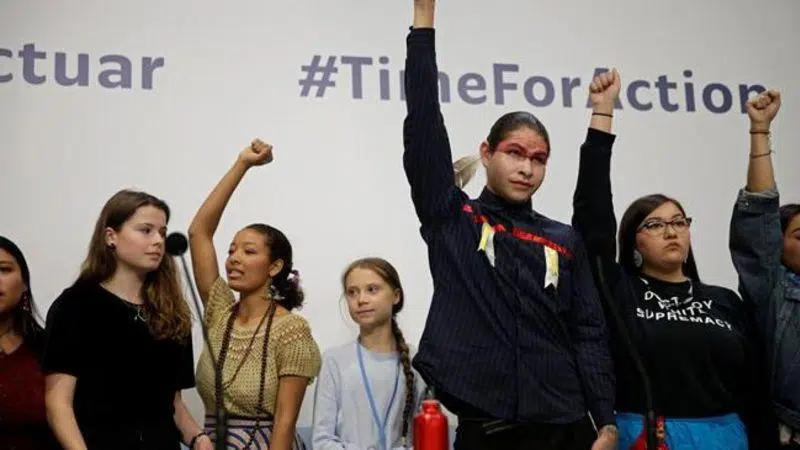
CHARBONNEAU: Greta Thunberg gets it wrong
I SYMPATHIZE WITH Swedish teen Greta Thunberg for her outrage at the mess that my generation has left the world in. We just wanted to create a culture with every convenience that minimized effort and maximized the burning of fossil fuels.
But my guilt is not going to solve the problem. Neither is her panic. “I don’t want you to be hopeful; I want you to panic,” implores Thunberg.
Panic is not a useful reaction, says Calgary based author Chris Turner: “No society can function on panic indefinitely, and no one writes new building codes well in a panic.” (Walrus magazine, November, 2019)
What will work? Well, one suggestion is to put ourselves on a war footing as we did during World War II. Back then, when our way of life was threatened by the enemy, we mobilized resources on a scale never seen before: retooling factories for the manufacture of weapons, rationing of vital resources, putting women to work in jobs traditionally held by men.


